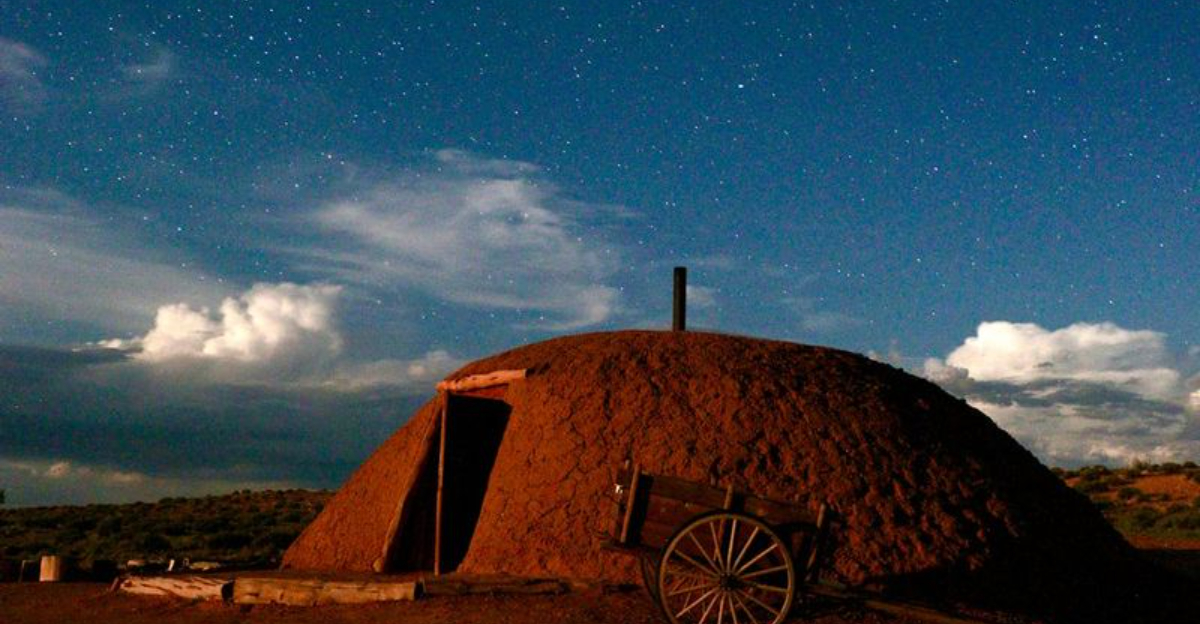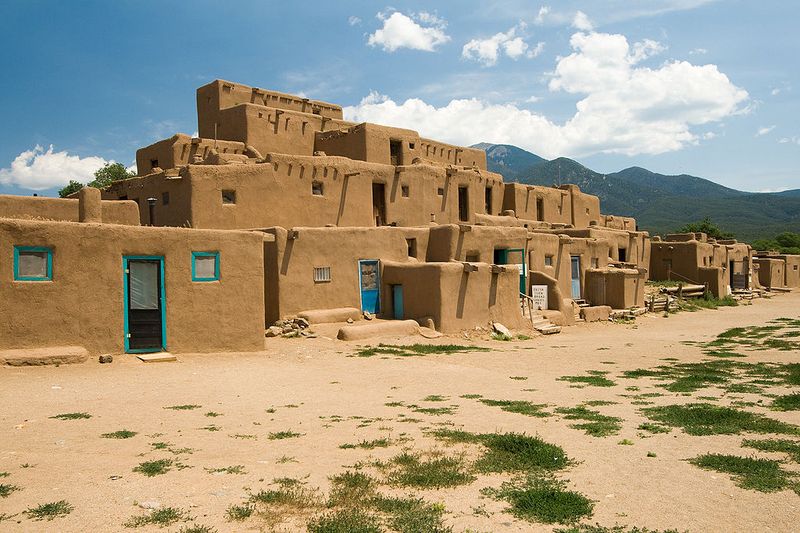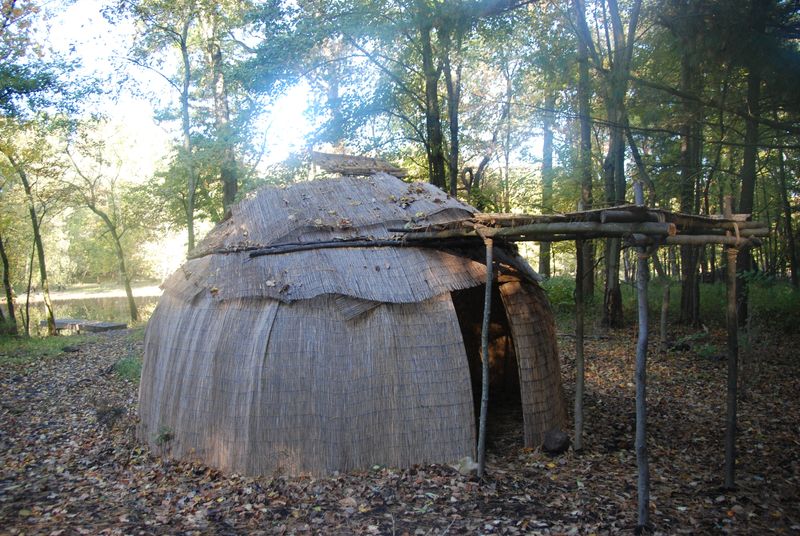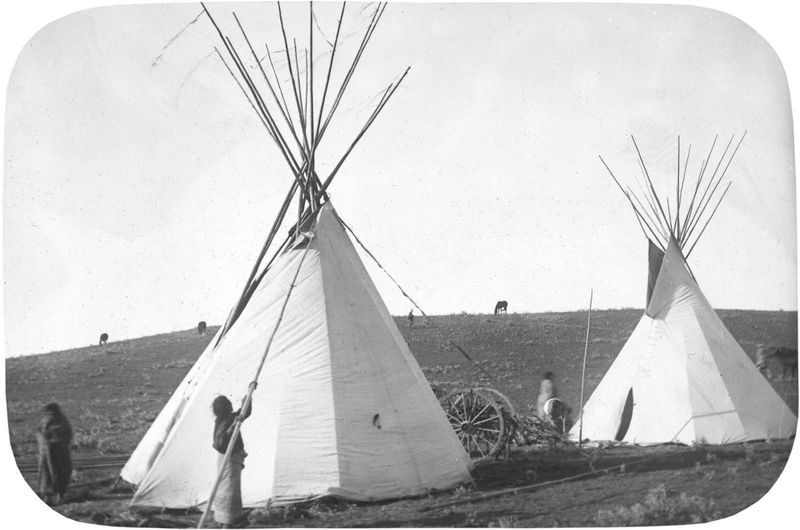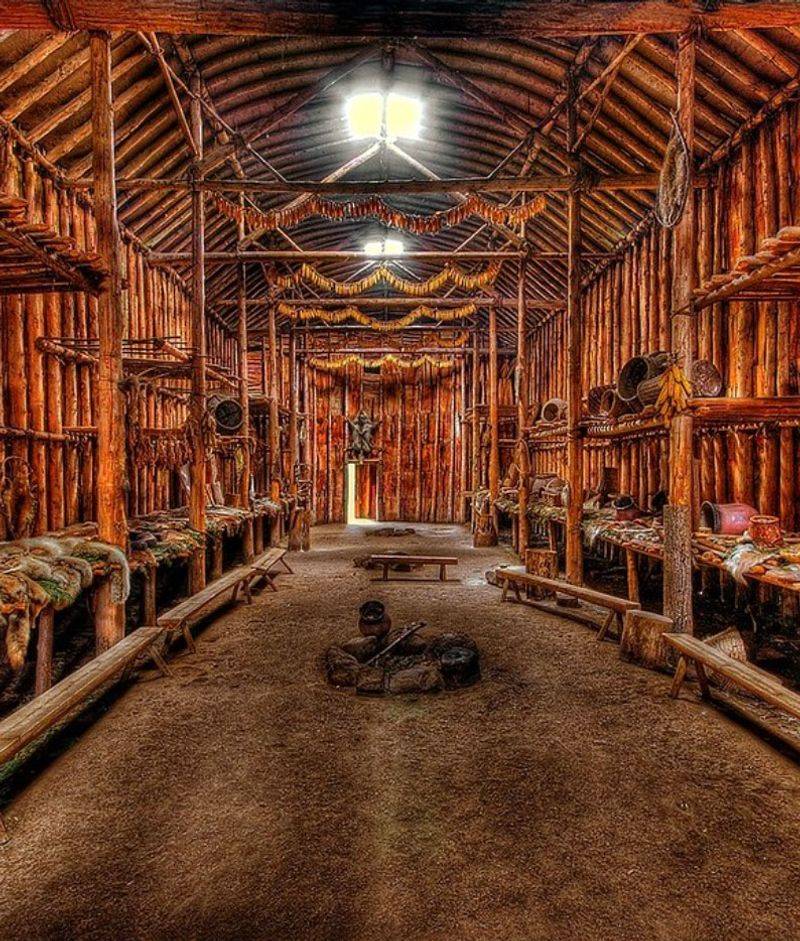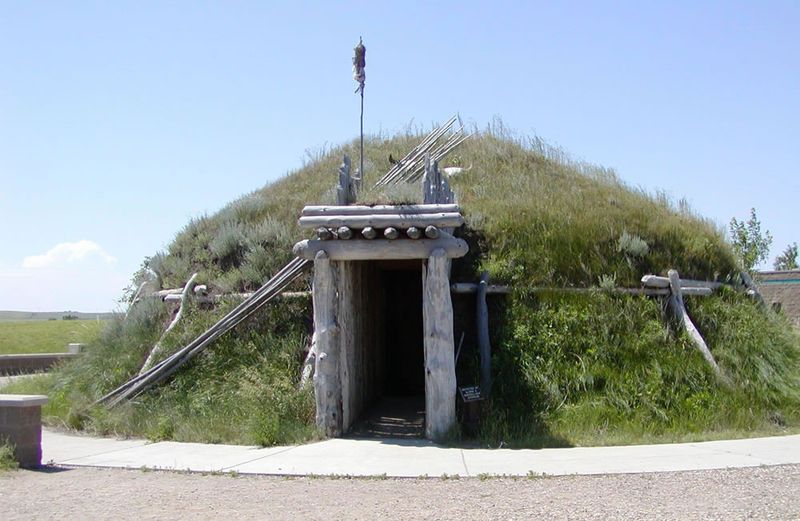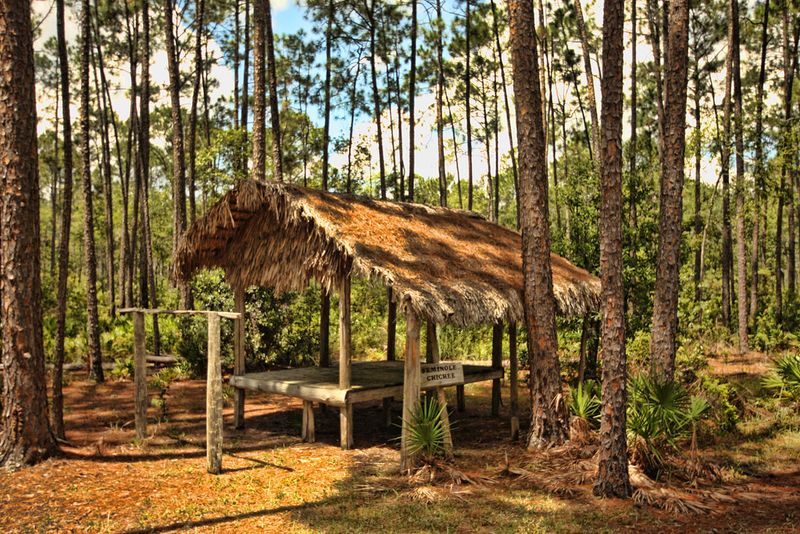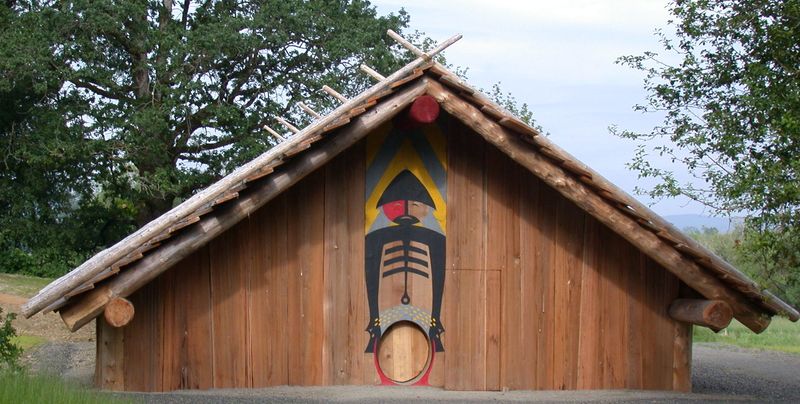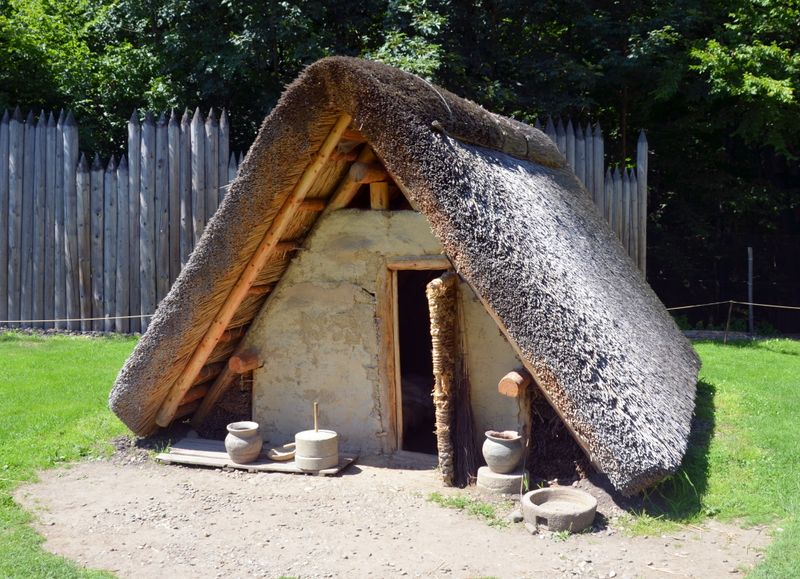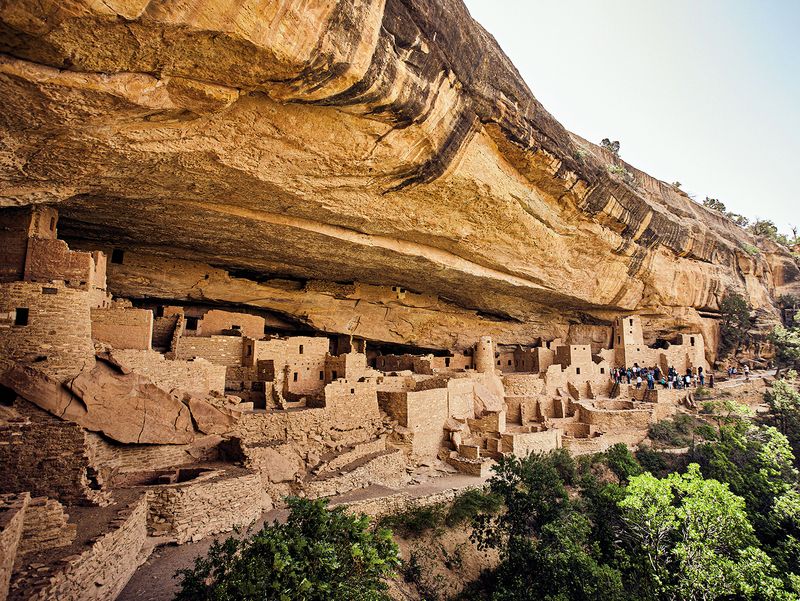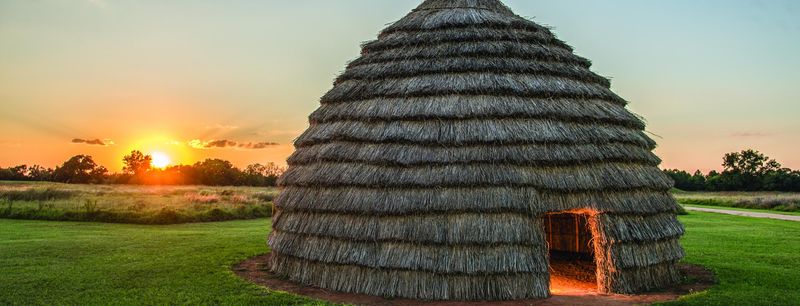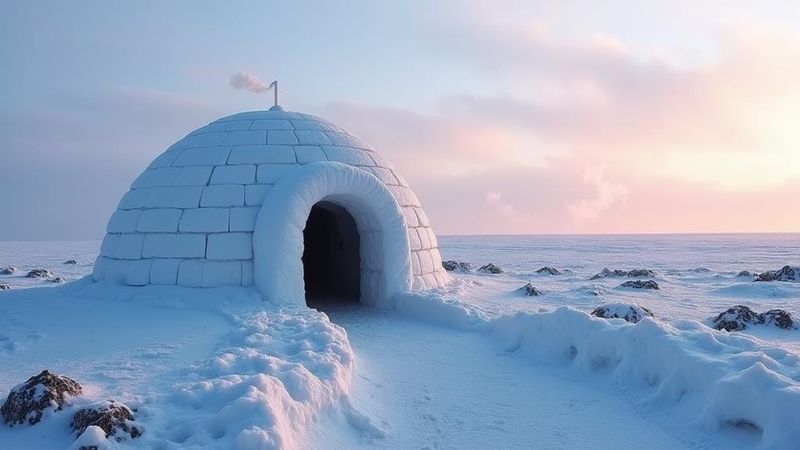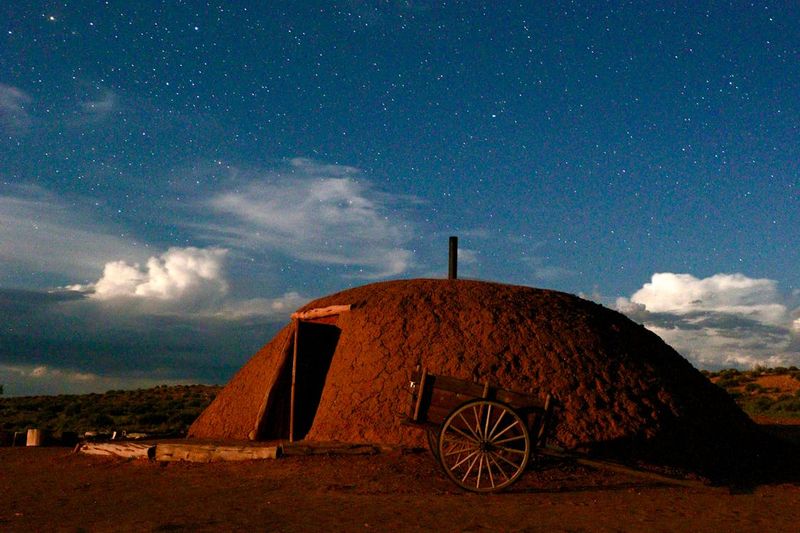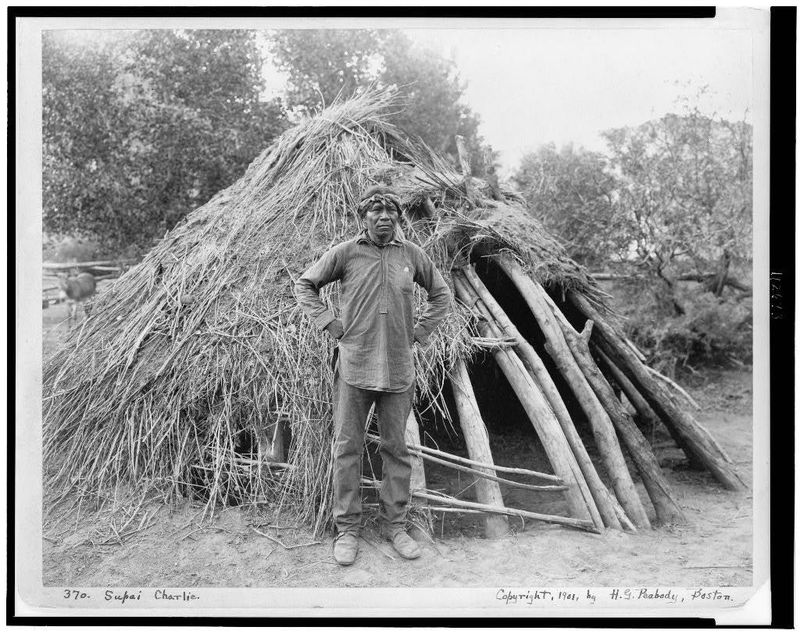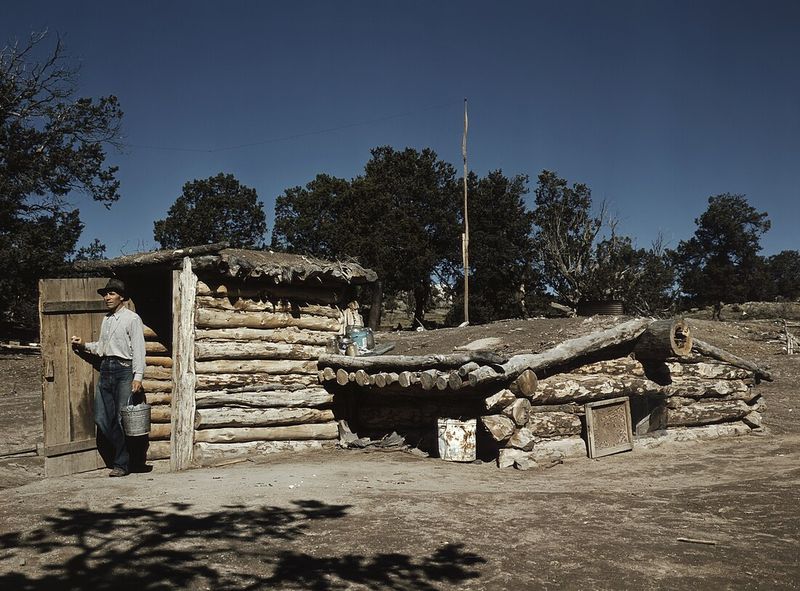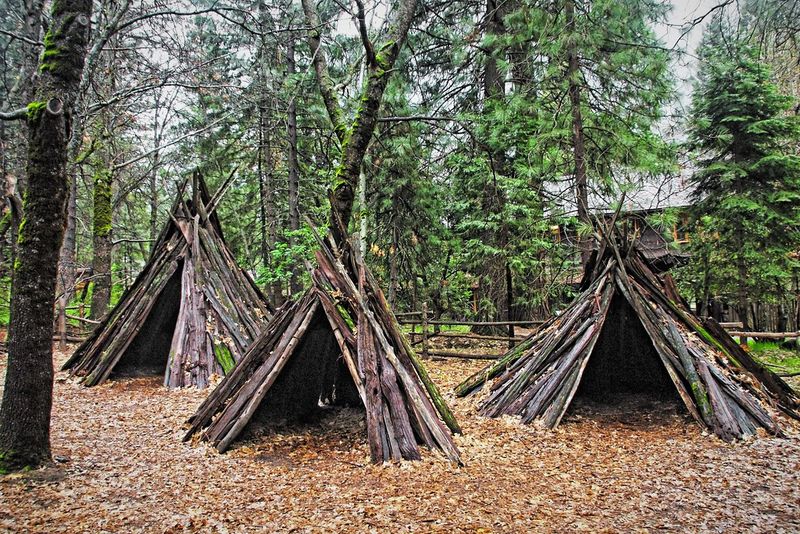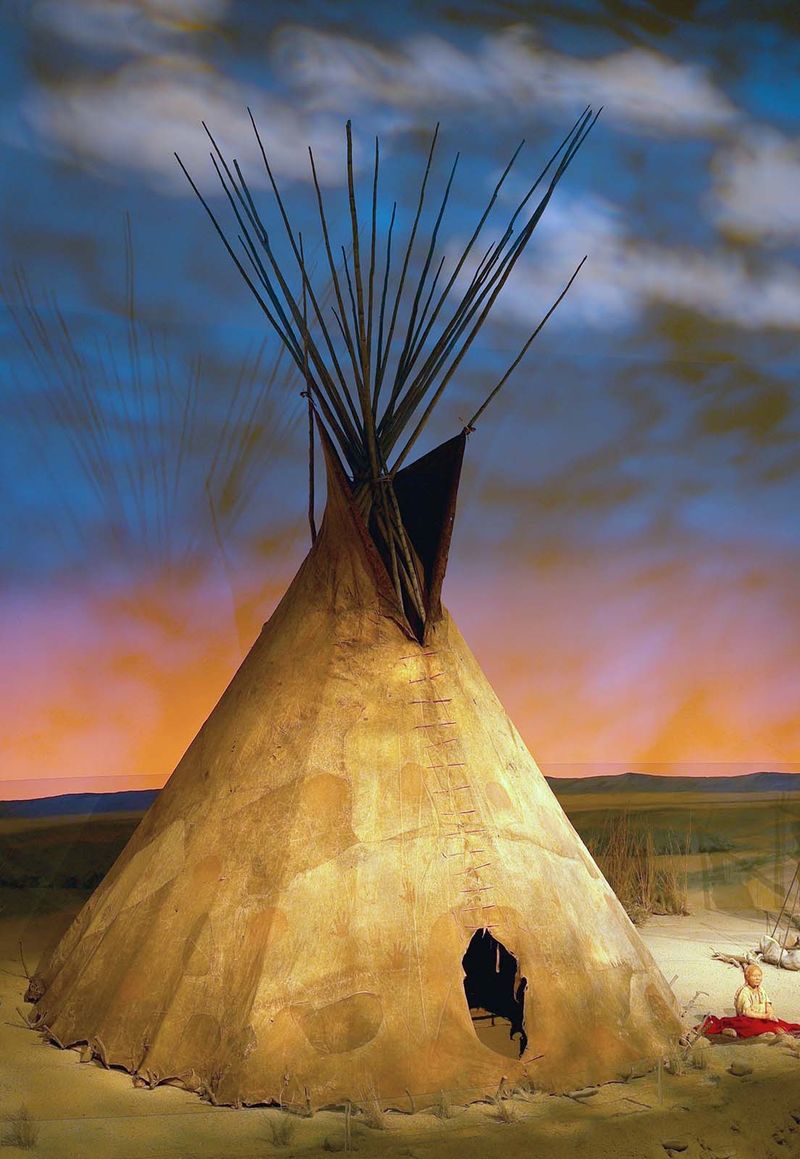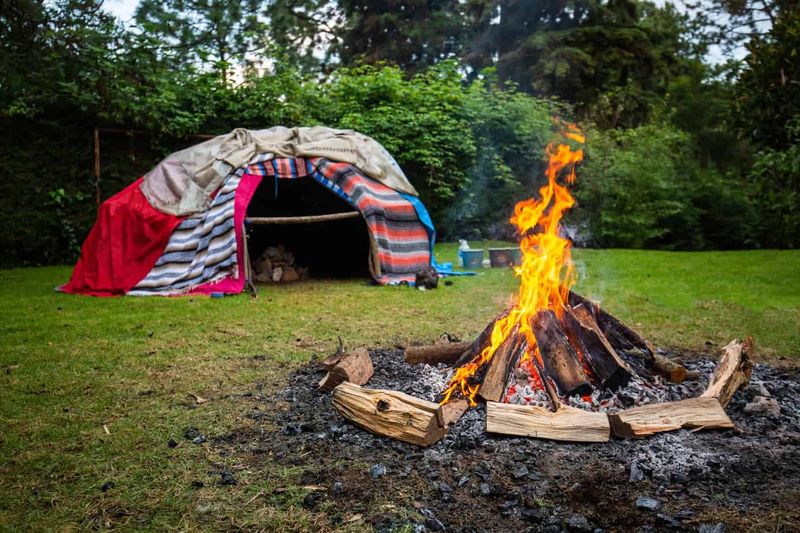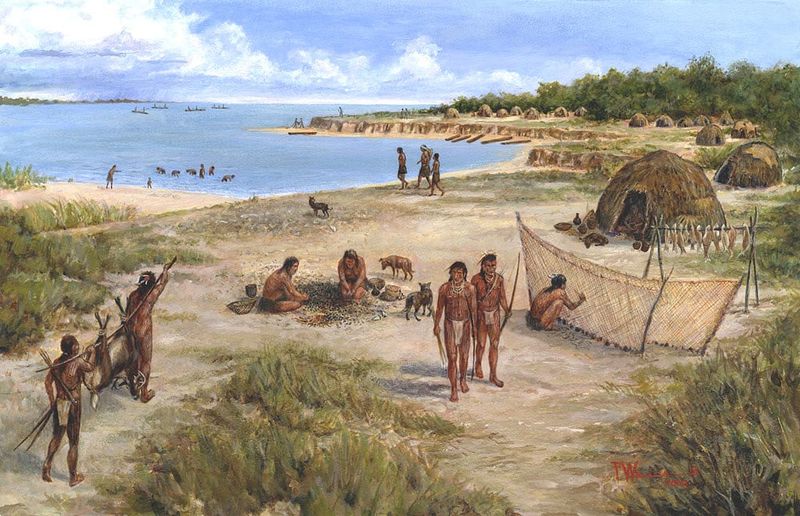Explore the ingenuity and adaptability of ancient Native American homes, showcasing their ability to outsmart modern architecture.
From the sun-dried adobe Pueblos of the Southwest to the snow-built Igloos of the Arctic, each structure reveals a deep understanding of materials, environment, and community living.
Discover how these creative and resourceful designs have stood the test of time, offering sustainable and efficient solutions long before the advent of modern building techniques.
1. Pueblo (Adobe Houses)
In the arid expanses of the Southwest, Pueblo adobe houses stand as a testament to human ingenuity. These multi-story, apartment-style buildings, crafted from sun-dried adobe bricks, offer natural insulation against both heat and cold. The Hopi and Zuni tribes, adept at harnessing local resources, created homes that were both durable and eco-friendly. Their architectural style not only provided shelter but also fostered a sense of community with shared spaces and intricate designs.
2. Wigwam
Nestled among the trees of the Eastern Woodlands, wigwams showcase a blend of speed and resilience. Made from bent saplings and covered with bark, these dome-shaped homes were the perfect quick-build shelters for tribes like the Wampanoag and Algonquin. Their design allowed them to withstand harsh weather while blending seamlessly into the forest. This balance of form and function made wigwams an ideal dwelling for those living close to nature.
3. Tipi (Teepee)
On the vast plains, the tipi stood as an iconic symbol of nomadic life. Crafted from buffalo hides and wooden poles, this portable, cone-shaped tent provided shelter for tribes such as the Sioux and Cheyenne. Its ingenious design allowed for quick assembly and disassembly, perfect for following migrating herds. Inside, a central fire provided warmth, with smoke escaping through a top vent. The tipi’s adaptability made it a masterpiece of mobile living.
4. Longhouse
Among the Iroquois and other Northeastern tribes, the longhouse represented community and cooperation. These large, rectangular structures housed multiple families under one roof, with each family occupying a designated section. Constructed from wooden beams and bark, longhouses were both sturdy and weather-resistant. They provided a shared living space that fostered strong familial bonds and social cohesion, making them an early example of communal living that remains relevant today.
5. Earth Lodge
The Mandan and other Plains tribes crafted earth lodges as a fortress against harsh winters. Partially buried in the earth, these homes were built with wooden frameworks covered in soil and grass. Inside, the temperature remained stable, offering warmth and comfort even in frigid conditions. The earth lodge’s robust construction and camouflaged appearance provided both protection and privacy, making it a brilliant solution for year-round habitation on the open plains.
6. Chickee
In the swampy regions of Florida, the Seminole tribe’s chickees offered a smart adaptation to their hot, humid environment. Built on elevated platforms, these homes featured palm-thatched roofs that allowed air to circulate freely, keeping interiors cool. The open sides provided natural ventilation, making them an ideal shelter for the tropics. This ingenious design not only protected inhabitants from flooding but also showcased an elegant, sustainable way to live in harmony with nature.
7. Plank House
On the rain-soaked coasts of the Pacific Northwest, plank houses emerged as masterpieces of woodworking. Crafted from the abundant cedar trees, these large structures were designed to resist the elements. Tribes like the Haida and Tlingit used elaborate carvings to adorn their homes, reflecting cultural stories and social status. Inside, the spacious interiors allowed for communal gatherings and ceremonies, making plank houses a cornerstone of community life in the region.
8. Pit House
In the Plateau and Subarctic regions, pit houses offered a brilliant method of thermal regulation. These homes were partially dug into the ground, with wooden frameworks and sod coverings providing insulation. The design ensured a stable internal temperature, protecting inhabitants from extreme weather. For tribes living in these cold climates, pit houses were not only efficient but also harmonized with the surrounding landscape, blending seamlessly with the natural world.
9. Cliff Dwellings
The Ancestral Puebloans, also known as the Anasazi, created stunning cliff dwellings carved directly into canyon walls. These homes provided unparalleled safety and insulation, as they were naturally protected from the elements and potential invaders. Accessible only by ladders, they offered a strategic advantage while maintaining a connection to the surrounding environment. The cliff dwellings remain a testament to the ingenuity of these ancient peoples, combining functionality with breathtaking beauty.
10. Grass House
On the Southern Plains, grass houses built by tribes like the Caddo stood as remarkable examples of sustainable architecture. These tall, dome-like structures were woven from prairie grass, creating strong, yet lightweight shelters. Their design allowed them to withstand high winds while providing natural insulation. The use of locally available materials highlighted the Caddo’s deep knowledge of their environment, creating homes that were both practical and harmonious with the prairie ecosystem.
11. Snow House (Igloo)
In the Arctic’s icy expanse, the Inuit people’s igloos were superbly adapted to their frigid environment. Constructed from blocks of packed snow, these domed shelters provided remarkable insulation, trapping body heat within. The entrance was designed to minimize cold air intrusion, preserving warmth inside. This resourceful use of readily available materials allowed the Inuit to thrive in one of the world’s harshest climates, demonstrating an unparalleled mastery of survival techniques.
12. Hogan
In the heart of the desert, the Navajo tribe’s hogans symbolize both spiritual and practical living. These round structures, made from logs and mud, were aligned to face east, welcoming the morning sun. The design provided excellent insulation against both heat and cold, reflecting a deep understanding of the region’s climate. Hogans were more than just homes; they were sacred spaces, embodying cultural beliefs and offering a connection to the natural world.
13. Brush Shelter (Wickiup)
For tribes in the Great Basin and Southwest, brush shelters or wickiups provided an ideal solution for seasonal living. Quickly constructed from branches and brush, these shelters were perfect for families on the move. Their open design allowed for ventilation and comfort in the hot desert climate. As temporary structures, they offered flexibility and adaptability, embodying a minimalist approach that balanced necessity with harmony in transient environments.
14. Quiggly Hole
The Interior Salish peoples of the Pacific Northwest crafted quiggly holes, semi-subterranean homes that were both ingenious and discreet. Partially hidden beneath the earth, these dwellings retained heat efficiently and were nearly invisible from afar. This design provided security and insulation while blending seamlessly with the natural surroundings. Quiggly holes exemplified a resourceful use of the landscape, offering a unique solution to the challenges of cold, wet winters.
15. Bark House
Various Woodland tribes utilized bark houses as a sustainable and practical housing solution. Made from sheets of tree bark over a wooden frame, these homes offered excellent protection from rain while maintaining a lightweight structure. The use of readily available materials demonstrated an intimate knowledge of the forest ecosystem. Bark houses provided comfortable living spaces that were both eco-friendly and in tune with the natural environment, showcasing ingenuity in design and construction.
16. Bison Hide Tipis with Smoke Flaps
Northern Plains tribes, such as the Lakota, innovated with bison hide tipis equipped with advanced smoke flaps. This design allowed safe indoor fires, venting smoke efficiently and maintaining warmth. The tipis’ conical shape offered stability against winds, and their portability suited nomadic lifestyles. These dwellings represented a perfect synergy between functionality and tradition, enabling tribes to thrive on the expansive plains while maintaining cultural practices and communal ties.
17. Sweat Lodge
Across various tribes, the sweat lodge served as more than just a structure; it was a place for ritual purification and spiritual connection. These small, steam-filled huts were precursors to modern saunas, using heated stones to generate steam. The experience within a sweat lodge was both cleansing and communal, fostering a deep sense of connection to the earth and fellow participants. This tradition highlighted the harmonious interplay between body, spirit, and nature.
18. Fish Camp Shelters
Coastal and river tribes built temporary fish camp shelters during seasonal food gatherings. These quickly assembled homes allowed families to remain close to abundant fishing grounds, maximizing their harvest. The design was simple yet effective, providing shelter while facilitating mobility. Fish camp shelters highlighted a deep understanding of seasonal rhythms and resource management, offering a glimpse into the adaptive strategies that supported thriving communities along waterways.
